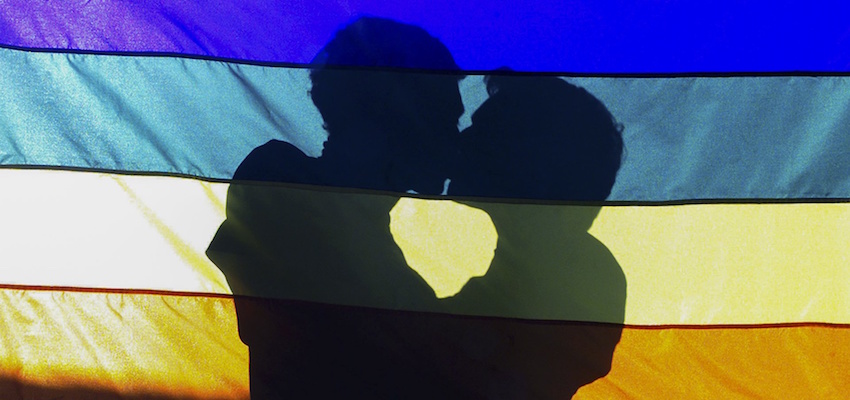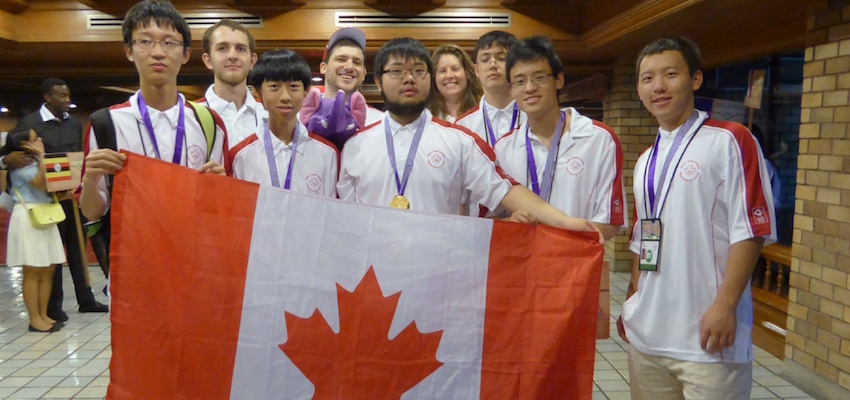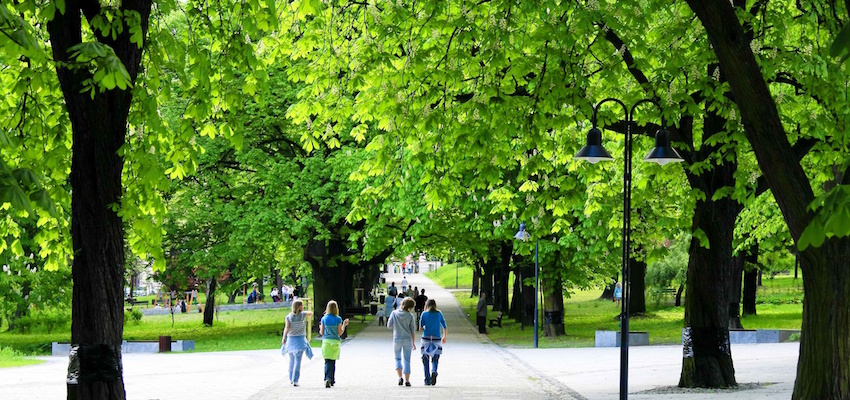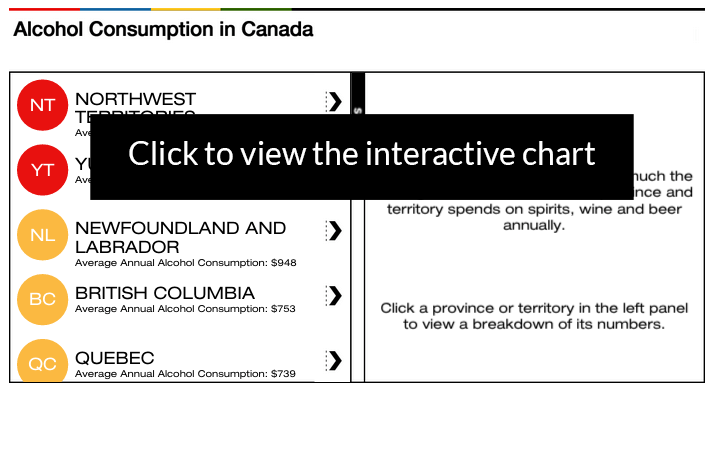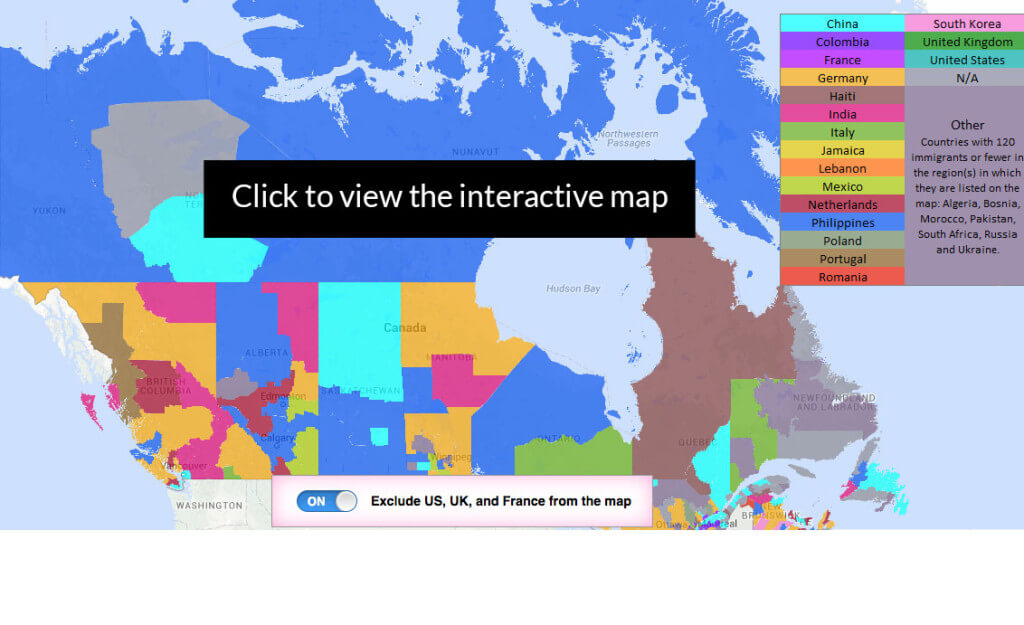In June, the Supreme Court of the United States laid down an historic ruling declaring the ban of same-sex marriages at the state level to be unconstitutional, effectively legalizing same-sex marriage across the country. The change had been a long time coming. The 1970s saw the first wave of legal efforts to recognize same-sex marriage, and yet only in 2004 were the first such marriages performed on US soil, in the state of Massachusetts. Over the next decade, the dominoes began to fall in states across the country, culminating in this year’s landmark Obergefell v. Hodges ruling. But the United States was of course not close to being the first nation to take this step: all the way back in 2001, Netherlands became the first country to allow same-sex marriage, followed in the next several years by Belgium (‘03), Spain (‘05), Canada (‘05) and South Africa (‘06). As of today, 20 nations (and a few jurisdictions in Mexico) permit same-sex marriage.
But after the initial flurry of excitement has died down, and the queues for marriages licenses at city hall have subsided, what happens next? How often are same-sex marriages actually performed in these countries? We dug into the numbers, and discovered that in some nations, like Belgium, same-sex marriages have become remarkably commonplace and are warmly accepted by fellow citizens as part of the cultural fabric of the community. On the other hand, in countries like Portugal and Norway, same-sex marriages remain surprisingly uncommon; for Portugal, this is due in part to the powerful influence of the Roman Catholic church in everyday life, while Norway’s low rate is a result of its longstanding (and popular) civil union laws, as well as the still powerful influence of the country’s Lutheran clergy. As recent court cases in the United States involving Christian wedding bakers and florists suggest, just because same-sex marriage is legal, it doesn’t mean that there is an accepting environment for it.
In our analysis, we examined countries where marriage data (both same and opposite sex) is publicly accessible, and where same-sex marriage has been legal for at least two years (so that the marriage rate has time to stabilize after the initial post-legalization spike). This allows us to consider the nations of Belgium, Canada, the Netherlands, Norway, Portugal and Spain, as well as the US state of Massachusetts.
To understand and compare how commonplace same-sex marriage has become across these jurisdictions, we examined the rate of same-sex marriages per year relative to a country’s total marriage rate, two years after legalization took place. In particular, we calculated the number of same-sex marriages performed per 1000 total marriages (both same-sex and opposite-sex). Focusing on the relative rate of marriages (as opposed to absolute numbers) helps control for the varying overall marriage rate in these countries (the US marriage rate is over 50% higher than that of Spain, for example), and so the relative rate can be viewed as a proxy for a country’s acceptance of same-sex marriage. Moreover, looking at a two year time horizon post-legalization allowed us to make a meaningful comparison across countries (which have varying dates for legalization) while ensuring that the post-legalization spike in numbers had subsided.
Leading the way for gay marriage
The first country to legalize same-sex marriage – the Netherlands – became a global leader of gay rights when marriage equality was enacted in April 2001. The country had allowed same sex civil unions since 1998 and the push towards civil marriages for same sex couples quickly followed, despite opposition from religious parties in the government.
In the Netherlands, the data shows a rate of 19 same-sex marriages per 1000 marriages, comfortably in the middle of the pack among nations that we examined, suggesting that the Dutch hold a relatively welcoming attitude toward their LGBT community. The country is certainly known for its liberal views (the mayor of Amsterdam even officiated the first gay weddings in the country), and the ‘matter-of-fact’ attitude toward LGBT equality in the Netherlands has fostered a society comfortable with gay marriages and an extension of other rights, including adoption, when marriage equality was passed. Unlike other countries that allowed foreigners to wed, however, only Dutch nationals were permitted to legally marry under the new law, which is why the numbers may not be even higher for this pioneering country.
Belgium stands out as the country with by far the most same-sex marriages relative to all marriages in our set (the US state of Massachusetts is still higher). The country has a long history of progressive attitudes toward same-sex relations, dating back to the 18th century when homosexuality was decriminalized. It introduced statutory cohabitation for same-sex couples in 1998 and became the second country to legalize gay marriage in 2003. The bill initially only permitted foreigners of the same sex to legally marry within Belgium if their country of origin also allowed gay unions, but this was amended in 2004 to allow marriage if at least one person had resided in Belgium for at least three months. Belgians’ approval ratings towards LGBT rights is currently one of the highest in Europe, and the country’s reputation as being on the vanguard of equality is apparent in its selection of leaders (former prime minister Elio Di Rupo was the world’s second openly gay head of state), as well as its liberal policies toward issues like adoption, IVF and anti-discrimination legislation.
Canada was the first country outside of Europe to legalize gay marriage in 2005, although it had been legal in eight out of ten provinces with laws starting in 2003. At the time, Canada was the only country where neither party needed to be a resident to obtain legal marriage status; as a result, Canada became an international gay marriage tourism hub, especially for those from the United States prior to legalization there (at one point over half of same-sex marriages involved non-resident couples). Canada’s relatively open immigration policy also encouraged foreign same-sex couples — many from the US but also from nations quite hostile to homosexuals — to settle in the country, get married, and start a new life. The country has largely been viewed as leader in human rights and equality, and the recent US Supreme Court decision down south has attracted a mixture of smugness and cheer.
Change begins in America
It’s no secret that same-sex marriage has been a topic of heated debate across the United States, so when Massachusetts became the first American state to legalize gay marriage in 2004, it was both momentous and controversial.
Massachusetts has legally protected gay rights since 1989, prohibiting discrimination based on sexual orientation. Eleven years later, the state extended the rights and privileges of marriage to same-sex couples through legislature that established civil unions. Finally, after an incredibly hard-fought victory, gay marriage was legalized in Massachusetts in 2004.
Anyone from the country, or the world for that matter, was legally allowed to marry in Massachusetts, and indeed many out-of-state couples took advantage (adding an estimated $111 million to the state’s economy over the first five years). This feature, along with Massachusetts’ three year monopoly on gay marriage, likely accounts for the state’s remarkably high rate of same-sex marriages. Following the court decision in Massachusetts, 30 states passed constitutional bans on gay marriage by 2008, further highlighting the state’s progressive attitudes.
Marriage equality, but different attitudes
In other nations where gay marriage has been legalized, changes in legislation have been met with decidedly more mixed attitudes. While Spain has been ranked high among the best countries for gay rights, the LGBT population there is also the country’s biggest target for hate crimes. The country has a history of exercising strict control over social freedoms – divorce, abortion and homosexuality were illegal under the dictatorship of Francisco Franco until his death in 1975; yet now Spain is regarded as a country with some of the most liberal attitudes (at least in terms of legal language) toward gay rights in the world. The 2005 ruling indeed went further than laws in many other nations, awarding gay couples all the same rights as heterosexual couples, including divorce and adoption.
Marriage equality in Spain has faced strong resistance from conservative parties and the Roman Catholic Church since it was legalized, causing a spike in marriages in 2006 as many were unsure if the law would be upheld in subsequent governments. Numbers have since settled to around 3000 each year, and Spanish attitudes toward gay marriage have steadily become more favorable. Although a relatively lower rate of same-sex marriages than other countries, Spain’s pioneering legal decision in gay rights paved the way for other European countries to do the same – especially those with large, deeply religious populations.
While Portugal was the sixth country in Europe to legalize same-sex marriage (in 2010), the ruling has remained a hugely controversial one in the country, and the rate of same-sex marriages remains small (lower, in fact, than in all jurisdictions that we examined). Like Spain, Portugal has a large Roman Catholic base – roughly 90% of the population – and the nation’s Roman Catholic church (and the Vatican itself) mobilized heavily against the new legislation. At the time of legalization, Portugal’s president suggested that while he did not agree with marriage equality, he didn’t want to prolong a debate when the country was facing other (namely economic) problems. Public opinion polls at the time also showed that a majority of the population was against same-sex marriage.
While the gay population is still stigmatized in Portugal, the country has made strides in moving towards greater equality. There is a constitutional ban on discrimination based on sexual orientation, and a ratified Gender Identity law that greatly facilitates gender reassignment – huge steps for a country where homosexuality was a criminal act up until 1982. While the rate of same-sex marriages remains low, societal attitudes toward homosexuality in Portugal have changed substantially to allow for more acceptance.
Finally, Norway presents an interesting case study: the country has recognized same-sex unions since 1993, and awarded gay couples equal marriage rights starting in 2009, including the rights to adoption and artificial insemination. However, despite the country’s liberal views toward same-sex relations, the Lutheran Church continues to fight against these unions. The clergy is not legally obligated to marry couples of the same sex (around 85% of Norwegians were registered members with the state Lutheran Church in the year same-sex marriages were legalized). This has continued to be a point of controversy, with an ongoing argument over whether full church weddings should be awarded to same-sex couples.
The legality of same-sex registered partnerships since 1993 appears to have depressed the rate of same-sex marriages post-legalization in 2008 (Norway has the lowest relative rate in our study besides Portugal); the 1993 ruling, part of a Scandinavian wave of such de facto same-sex partnership laws in the late 80s and early 90s, means that there really isn’t much impetus for couples to upgrade their status to “married.”
Methodology Notes
The data in used in this article was collected from each country/state’s statistical bureau. The data was collected for the year when same-sex marriage was legalized in the given country plus two years. For example, in Belgium, same-sex marriage was legalized in 2003 so data was collected for 2005.
Data sources
- Netherlands – Statistics Netherlands
- Belgium – Total marriage data from Statistics Belgium here. Same-sex marriage data here.
- Canada – Canadian total marriage data is available from Statistics Canada here. Canadian same-sex marriage marriage data for 2007 was interpolated using Census data from 2006 and 2011.
- Massachusetts – Provided to The 10 and 3 by the Massachusetts Registry of Vital Records and Statistics. The data is not available online.
- Spain – Data comes from Spanish National Statistics Institute
- Portugal – Pordata
- Norway – Calculated using tables available from Statistics Norway.
Correction: The same-sex marriage rate for Belgium has been corrected to 24 per 1000 total marriages.
Don’t miss our newest stories! Follow The 10 and 3 on Facebook or Twitter for the latest news and analysis.
